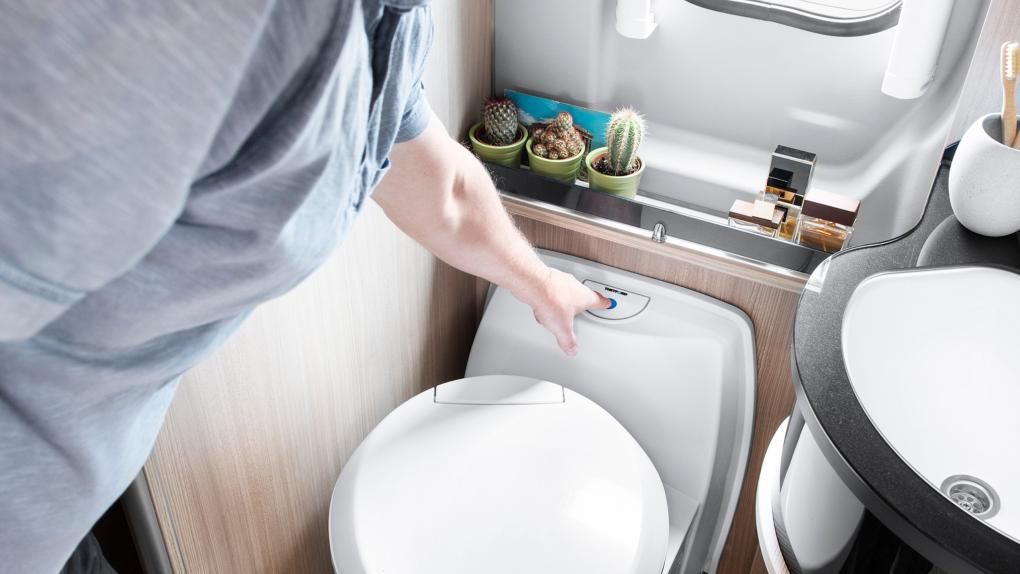RV batteries play a critical role when camping off-grid, quietly powering lights, entertainment, and other essential functions. Unfortunately, many RV owners overlook battery maintenance until it’s too late.
Types of RV Batteries
RV batteries are specially designed for heavy-duty use and are known as deep-cycle batteries. Unlike regular engine-starting batteries, deep-cycle batteries can handle repeated and deep discharges.
There are three primary types of deep-cycle batteries:
- Lead Acid: These traditional batteries are the most common and affordable. They require regular maintenance, including checking electrolyte levels and adding distilled water. High usage, fast charging, or hot weather can accelerate water consumption. If electrolyte levels drop too low, battery damage can occur. Flooded batteries also require regular cleaning to remove corrosion from terminals.
- Maintenance-Free Batteries: A subtype of flooded batteries that use calcium mixed with lead to minimize water loss. They generally require less maintenance but may still need water replenishment under heavy use.
- Gel Batteries: Gel batteries use a thick, paste-like electrolyte and don’t require adding water. They typically last longer than flooded batteries but are more expensive and don’t tolerate rapid charging well.
- Absorbed Glass Mat (AGM) Batteries: AGM batteries contain electrolyte absorbed in fiberglass mats around the internal plates. Like gel batteries, they require no water addition, have a longer lifespan, and handle fast charging better than gel batteries.
Voltage Configurations
RV deep-cycle batteries come in either 6-volt or 12-volt versions:
- 6-Volt Batteries: Must be used in pairs and wired in series (connecting the positive terminal of one battery to the negative terminal of the other) to produce the standard 12 volts.
- 12-Volt Batteries: Can be used individually or paired in parallel (connecting positive to positive and negative to negative), maintaining a 12-volt output. However, paired 12-volt batteries in parallel can discharge into each other if one battery is weaker, whereas 6-volt batteries in series avoid this issue.
Proper Battery Storage
Batteries gradually lose their charge over time, and most RVs have small, continuous power draws even when unused. To prevent battery drain during storage, disconnect them and use a smart, multistage charger designed for maintenance (not a basic trickle charger).
A proper converter/charger maintains batteries at around 13.2 volts, reducing water loss and gassing. Still, this voltage is insufficient to prevent electrolyte stratification, where heavier acid settles at the bottom, causing reduced performance and lifespan. To prevent stratification, perform an equalization charge about every 10 charge cycles or every couple of months. Equalization briefly increases charging voltage above 15 volts, mixing the electrolyte and breaking down sulfation.
Temperature affects battery storage as well. At around 80°F, batteries can self-discharge about 4% weekly. Cold temperatures can cause partially charged batteries to freeze: a battery at 40% charge can freeze at -16°F, while a fully charged battery remains safe down to -92°F. Always keep batteries fully charged during storage.
Battery Safety Precautions
Always use rubber gloves and eye protection when handling batteries, as battery acid can severely damage skin, paint, chrome, and metal. Batteries emit explosive hydrogen gas, making sparks particularly dangerous.
To avoid sparking:
- Disconnect the negative (ground) terminal first and reconnect it last.
- Keep battery terminals and posts secure and clean.
- When jump-starting, connect cables to the dead battery first, then the good battery, and finally attach the last cable to an unpainted metal part of the vehicle chassis, away from the battery.
Never attempt to charge a frozen battery, as it can cause serious damage or an explosion.



